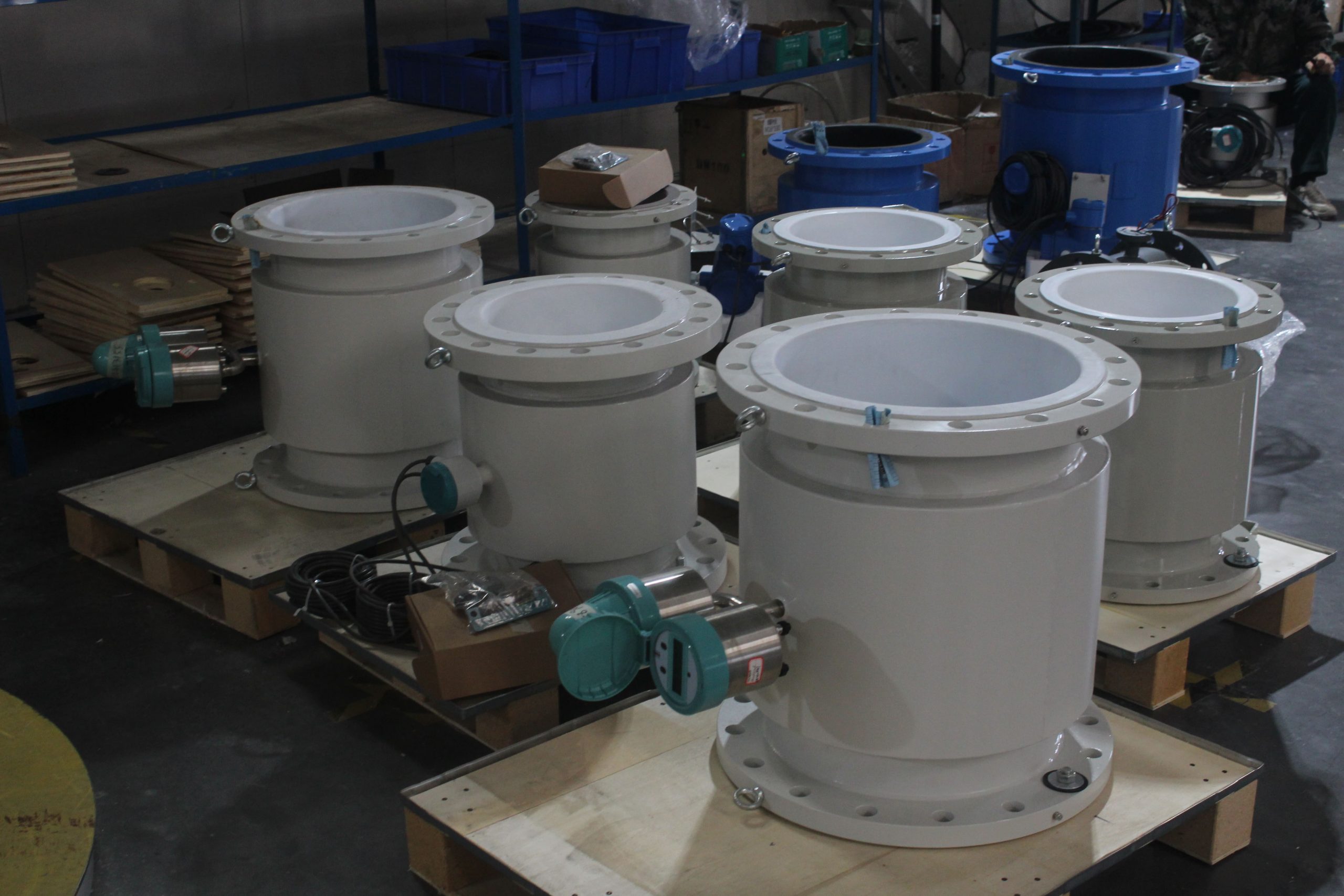The specific segmentation of electromagnetic flowmeters in different application environments
In industry, a flowmeter is a type of flow measurement instrument, and an electromagnetic flowmeter is also a kind of flow instrument. Generally speaking, the types of electromagnetic flowmeters used in different occasions are also different. The classification of electromagnetic flowmeters varies depending on the method. Generally, they are conventionally classified into three types: integrated electromagnetic flowmeters, split electromagnetic flowmeters, insertable electromagnetic flowmeters, and so on. For different occasions, different types of flowmeters are required. The correct selection of electromagnetic flowmeters is a powerful boost in work efficiency.
In industries such as metallurgy, papermaking, and sewage treatment, electromagnetic flowmeters are generally of the split type and large-diameter flange connection type. In industries such as biomedicine and chemical engineering, small-diameter, integrated clamping connection methods are more commonly used. The specifications of electromagnetic flowmeters required in different fields are not the same.
In industries such as food hygiene and pharmaceuticals, it is required that the sensors of electromagnetic flowmeters be easy to disassemble, which makes cleaning convenient and facilitates regular steam sterilization. Therefore, in the hygiene industry, electromagnetic flowmeters must comply with hygiene specifications.
3. The instruments used in the channels are submersible types, mainly for industrial drainage and sewers. They need to rely on the power of hoists to carry out relevant drainage work. At the same time, the sensor of the electromagnetic flowmeter should be installed under the baffle of the open channel and be submerged in water for a long time.
4. In some special places, such as some explosion-proof occasions, the instrument needs to have excellent explosion-proof and flame-retardant performance. In these occasions, the excitation current energy is very large. Electromagnetic flowmeters can be divided into several types, such as airtight type, diaphragm type and sand-filled type. With the rapid development of technology, the power of excitation current has decreased significantly. Therefore, the intrinsically safe spark type flowmeter is more commonly used in explosion-proof environments. It is composed of a flow sensing part and a conversion part and is mainly used in hazardous areas.

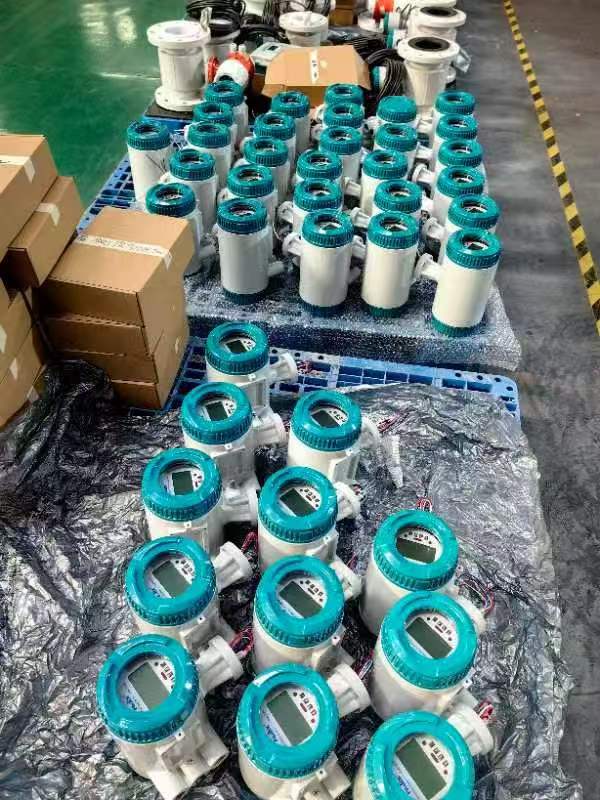
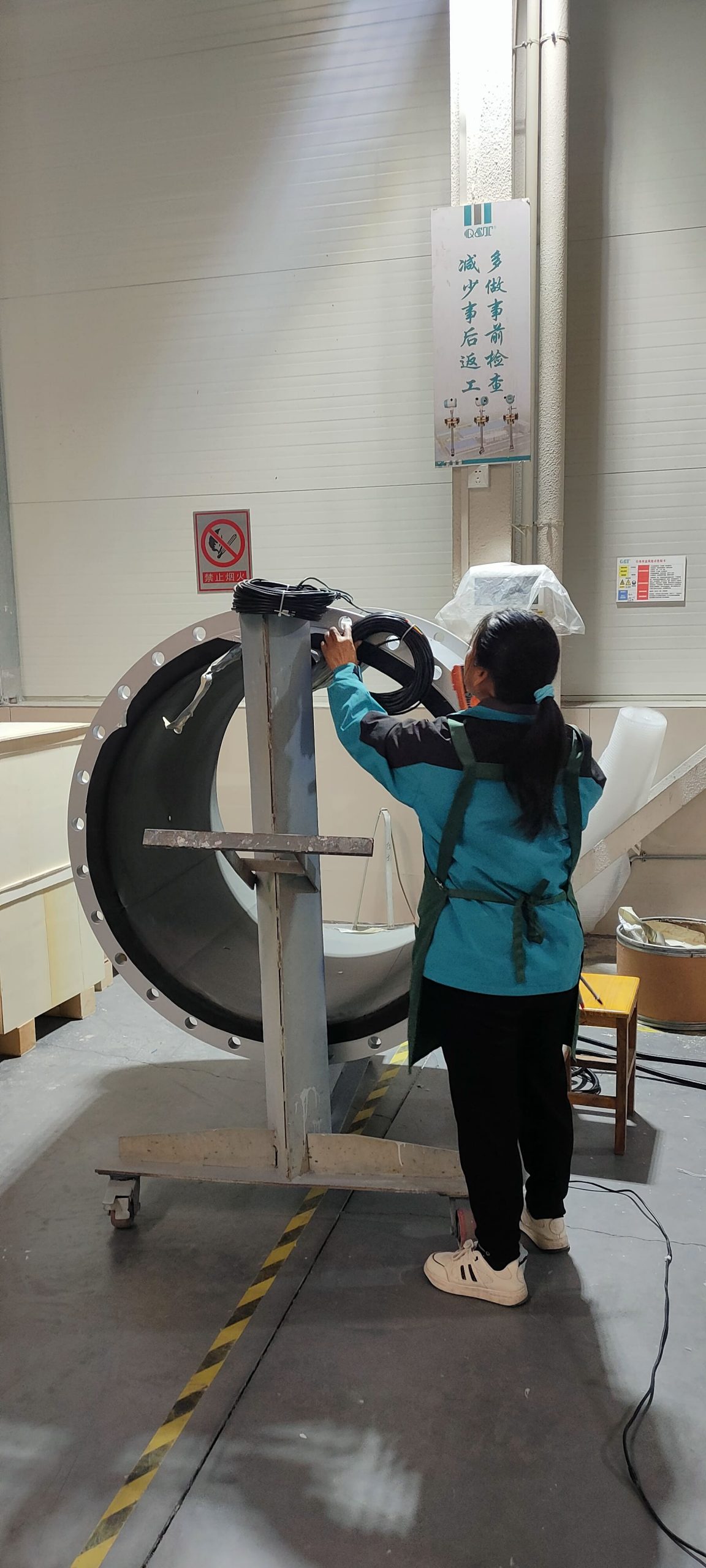
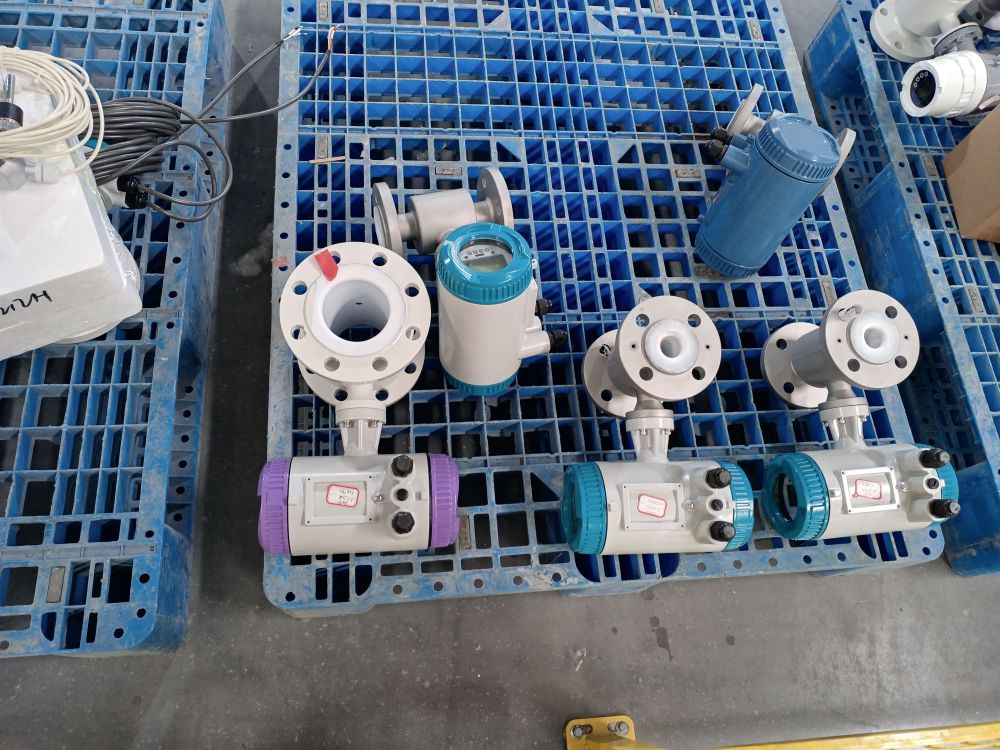
-.jpg)
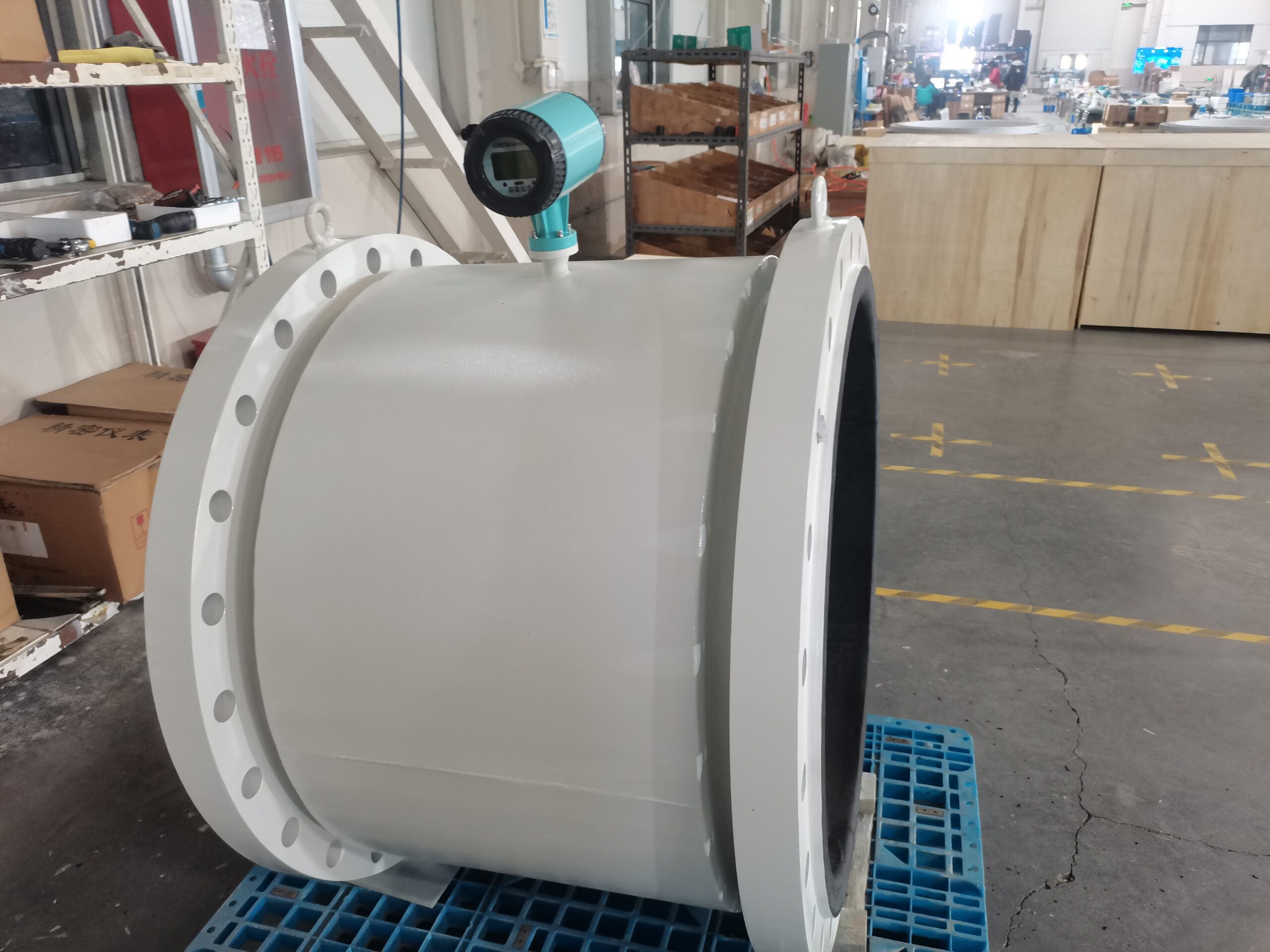
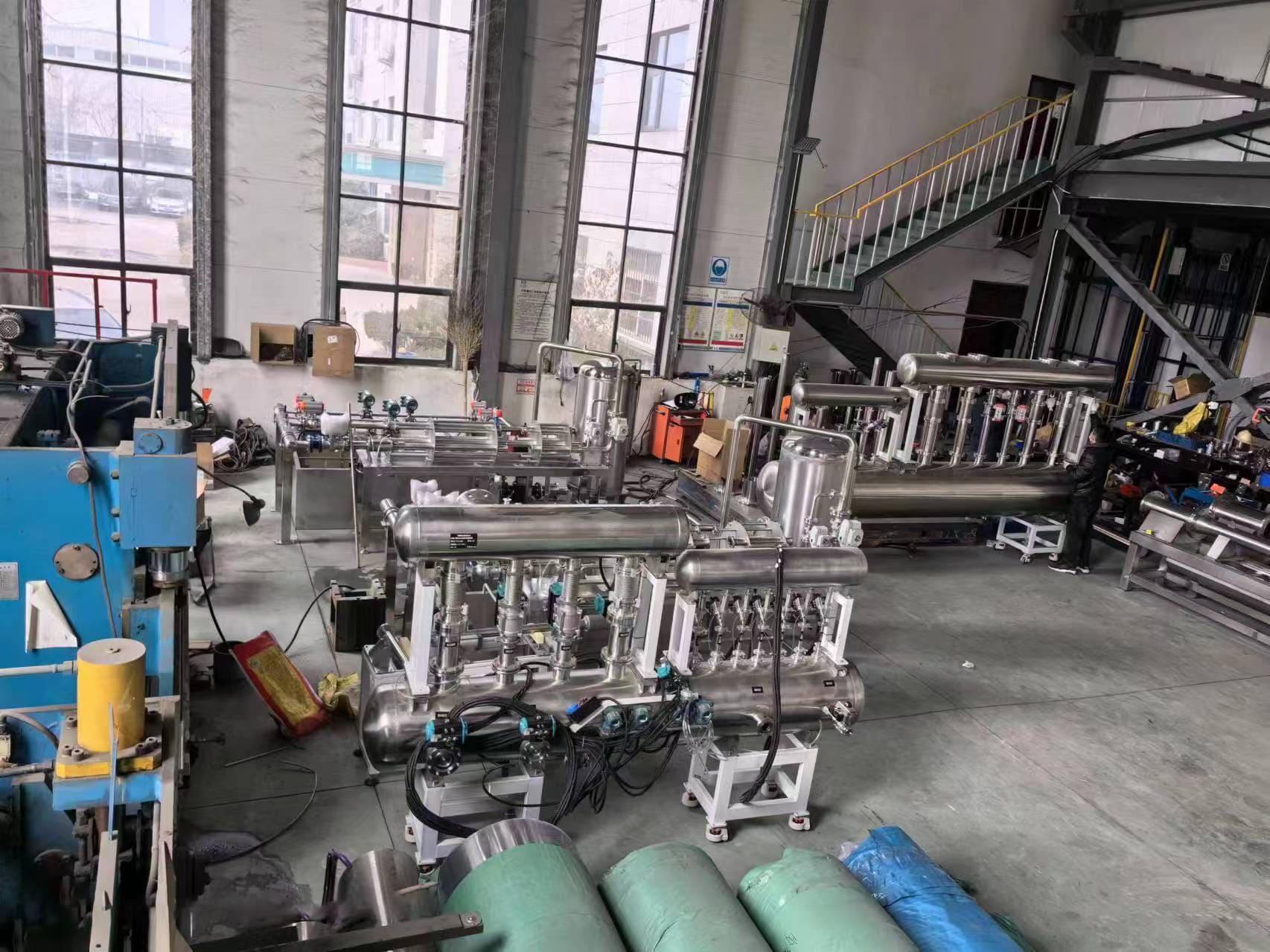
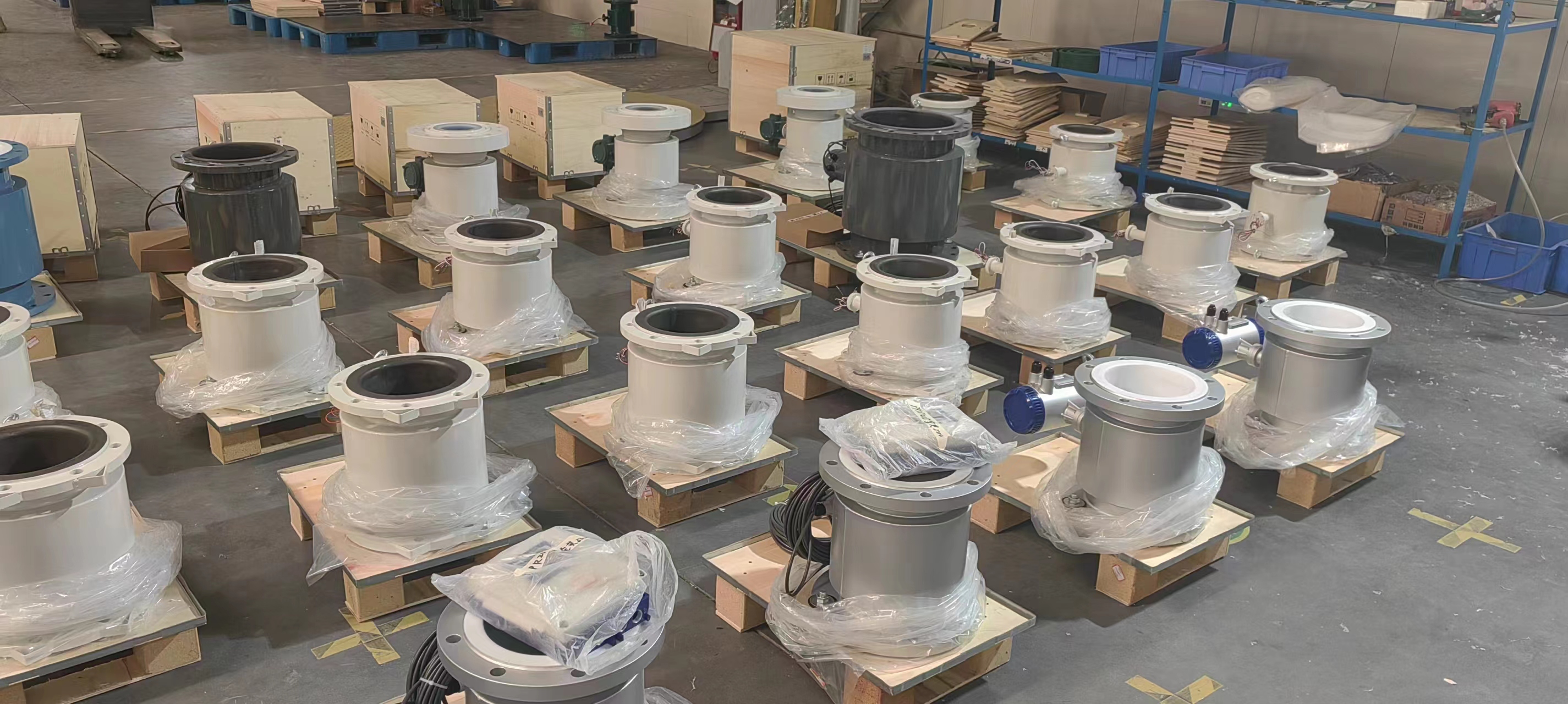
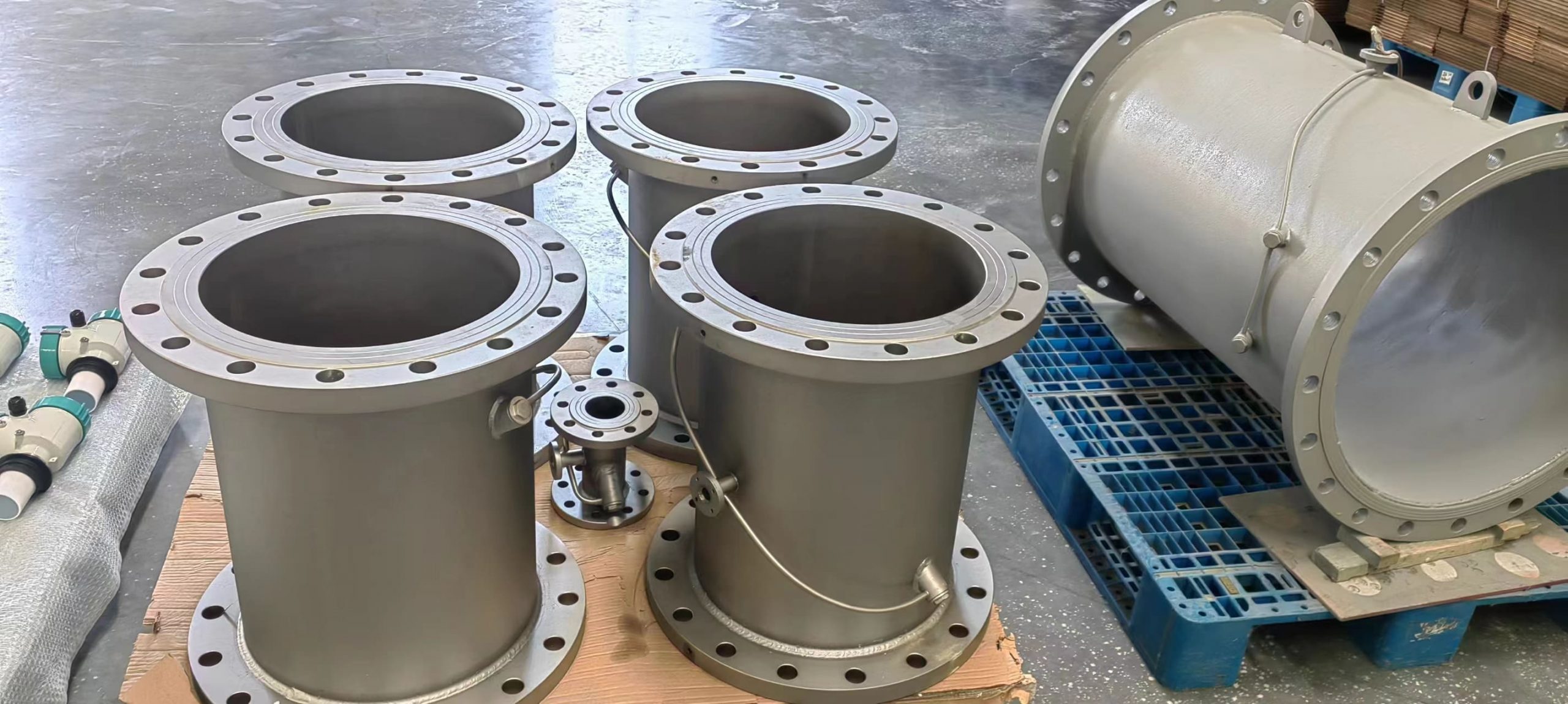
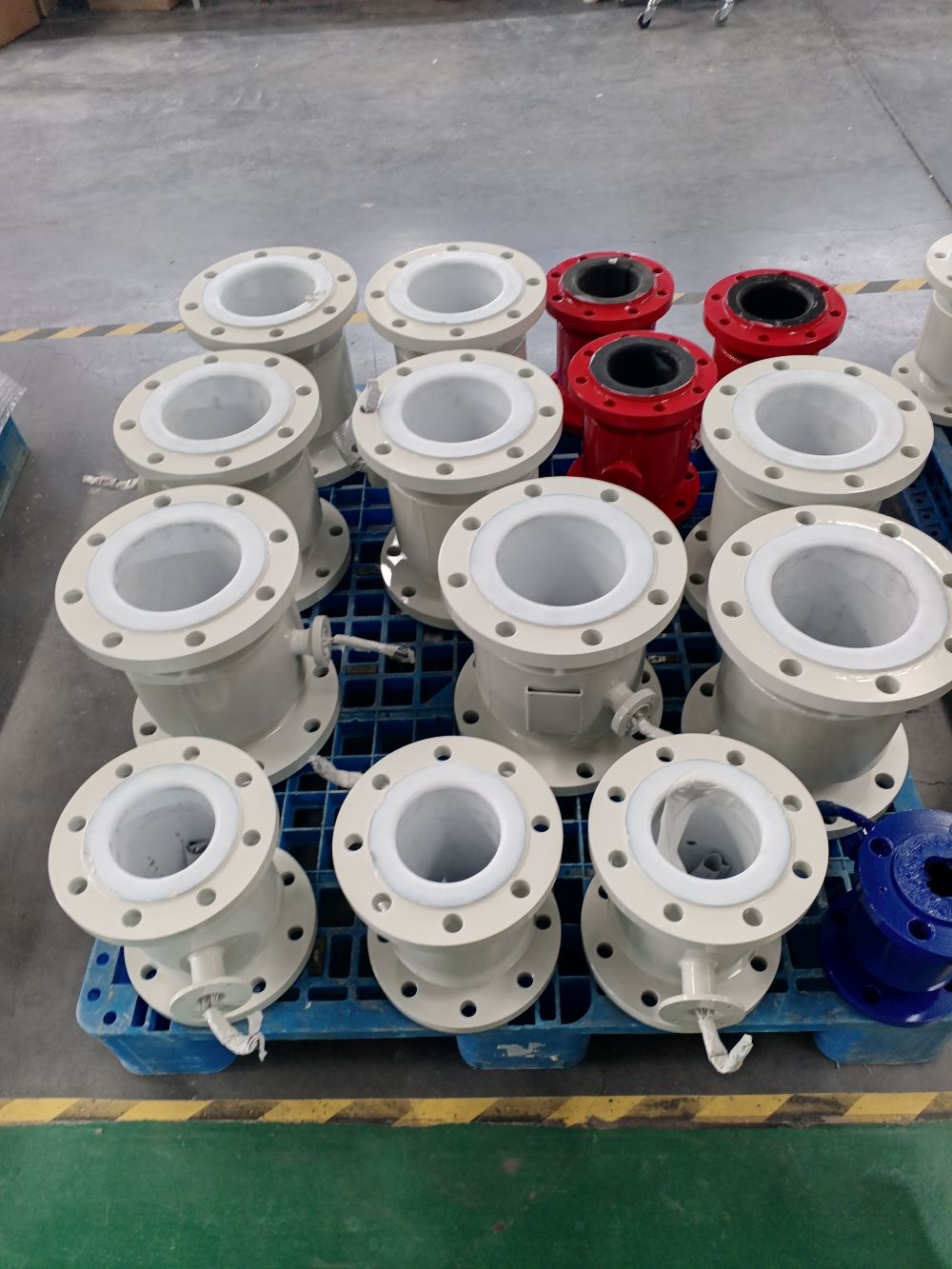
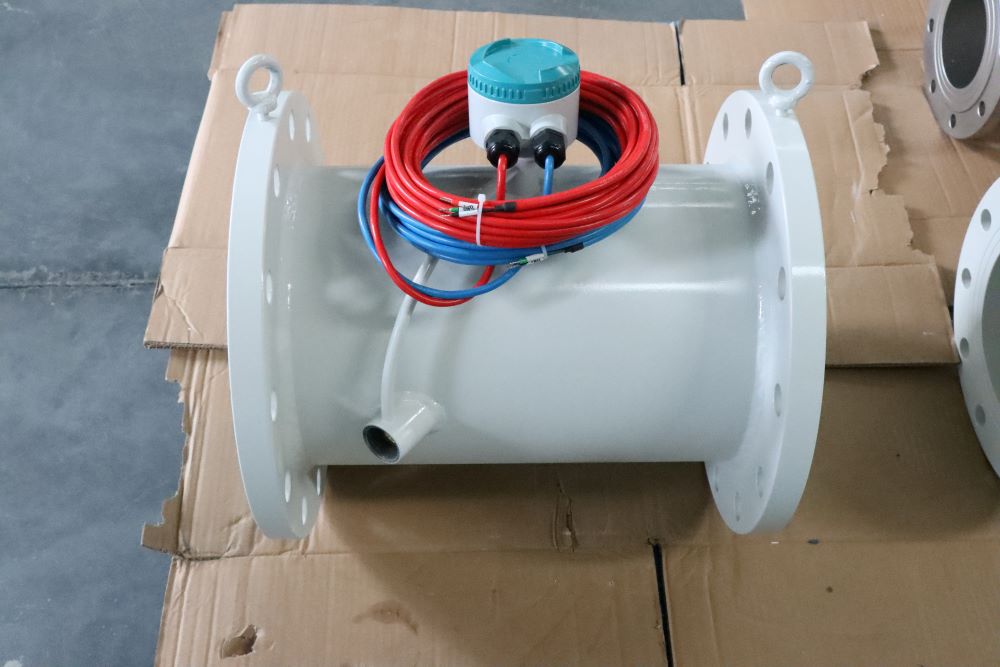
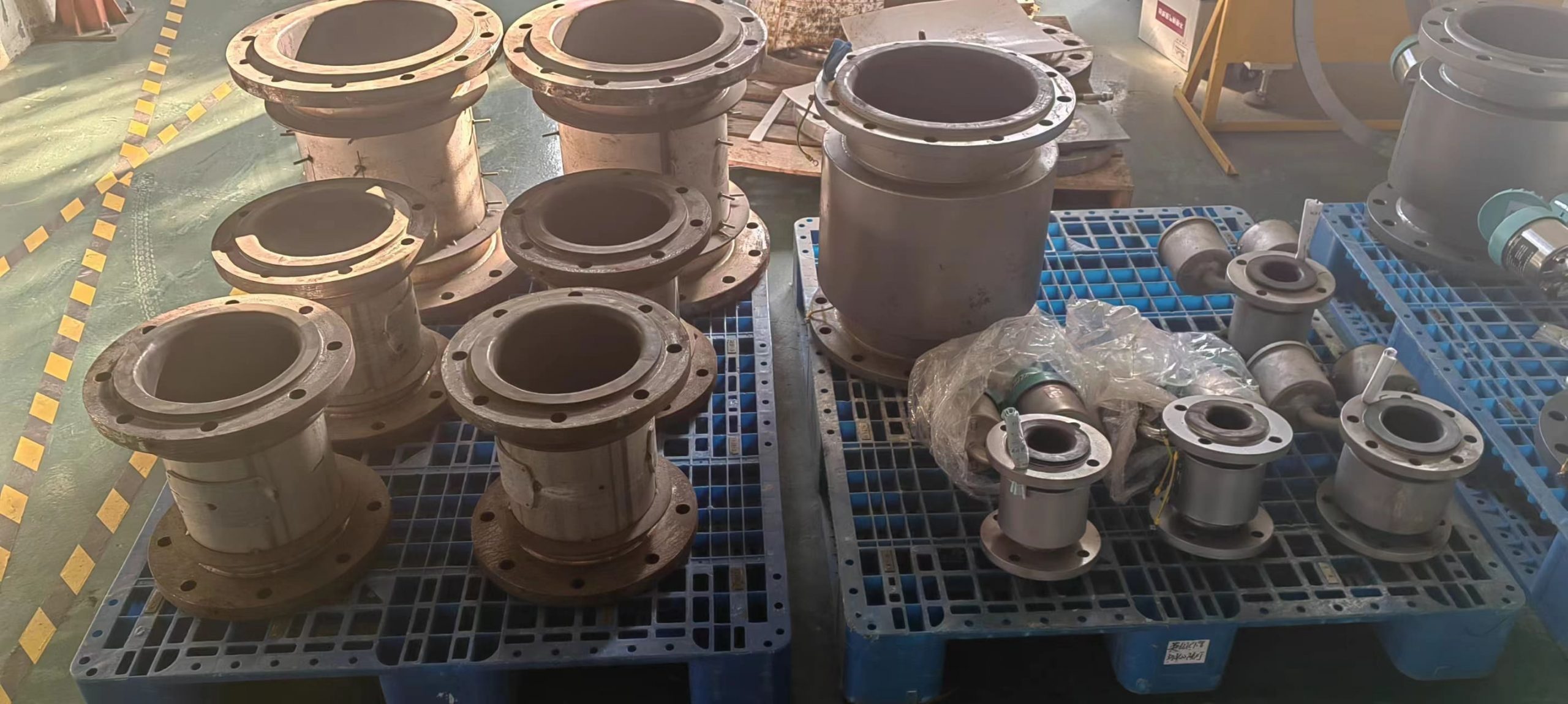
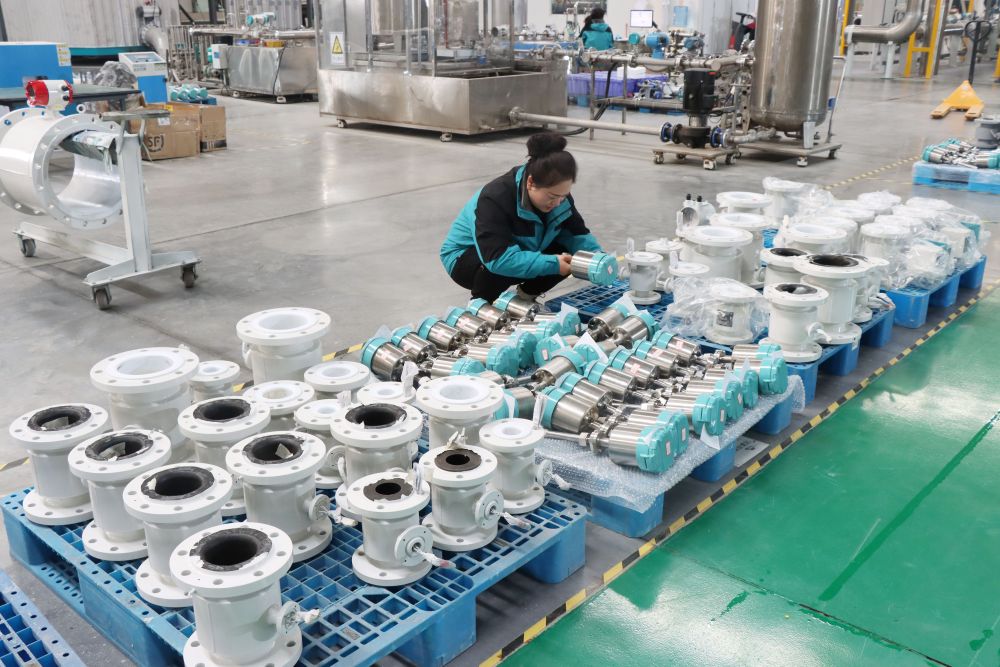
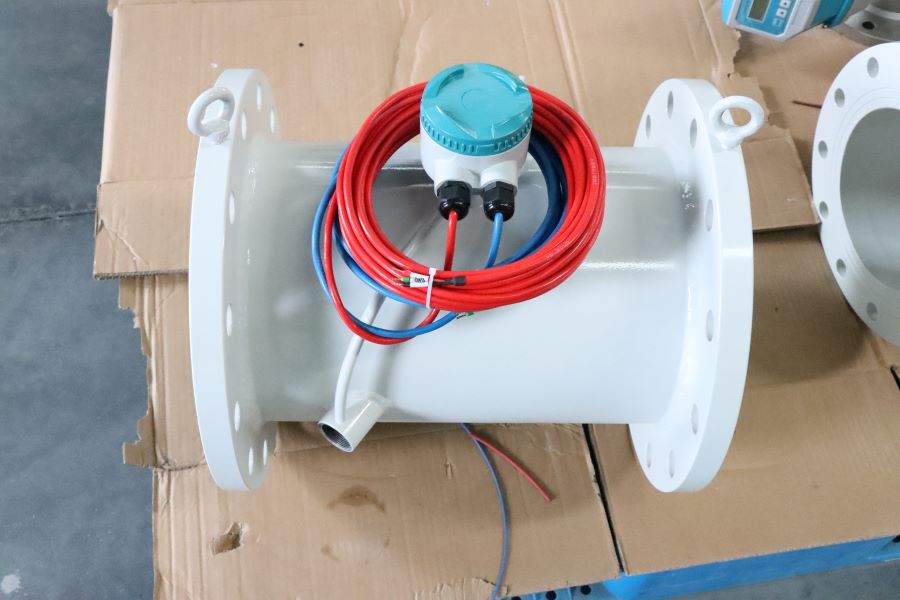
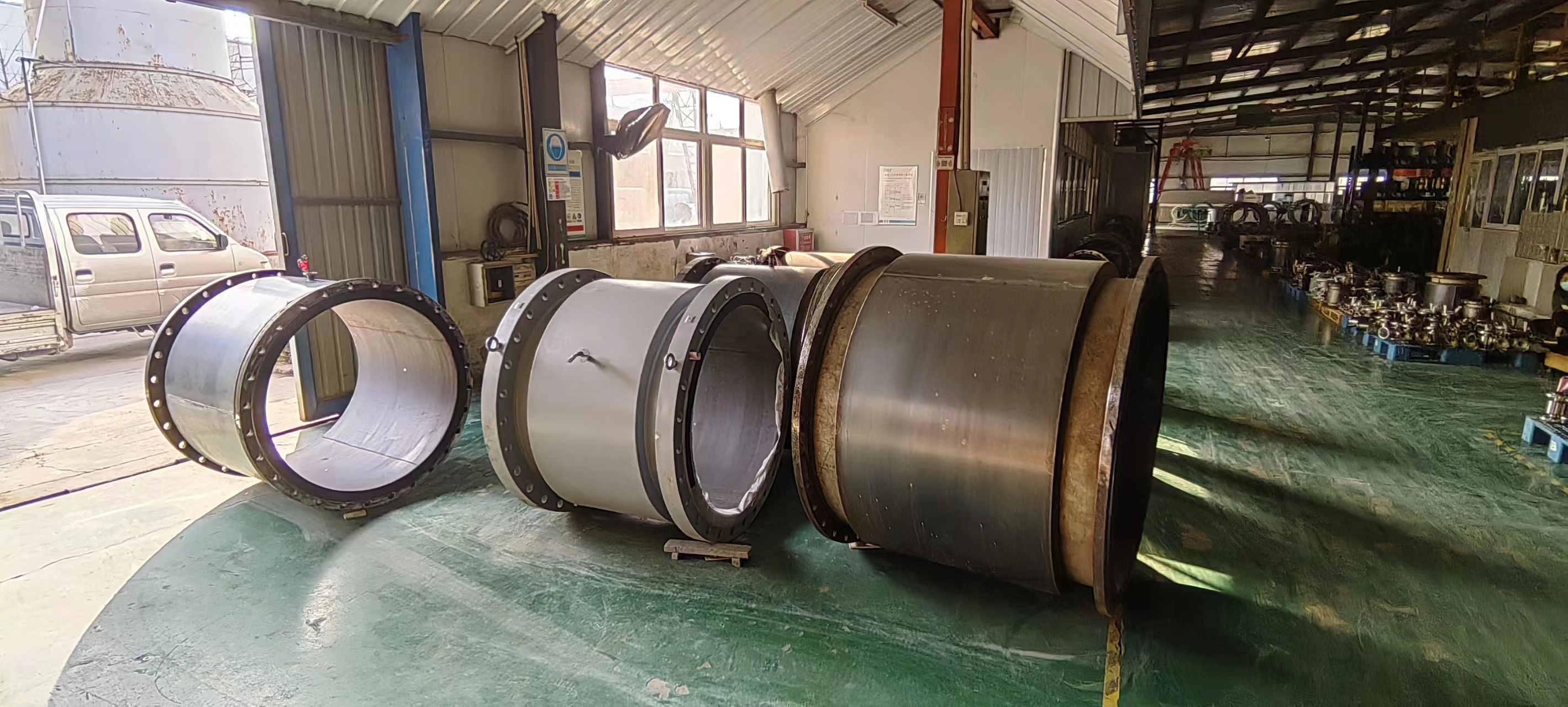
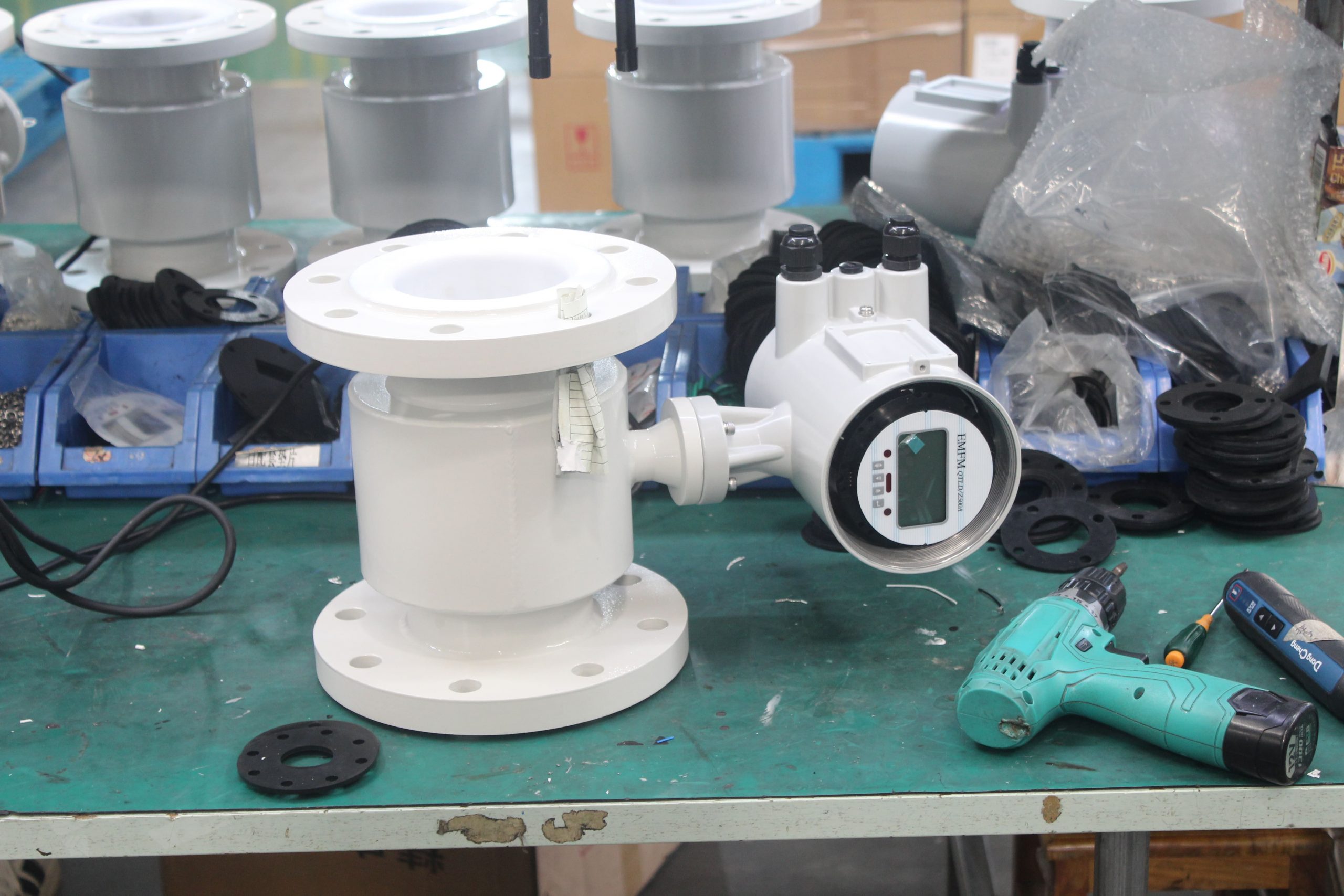
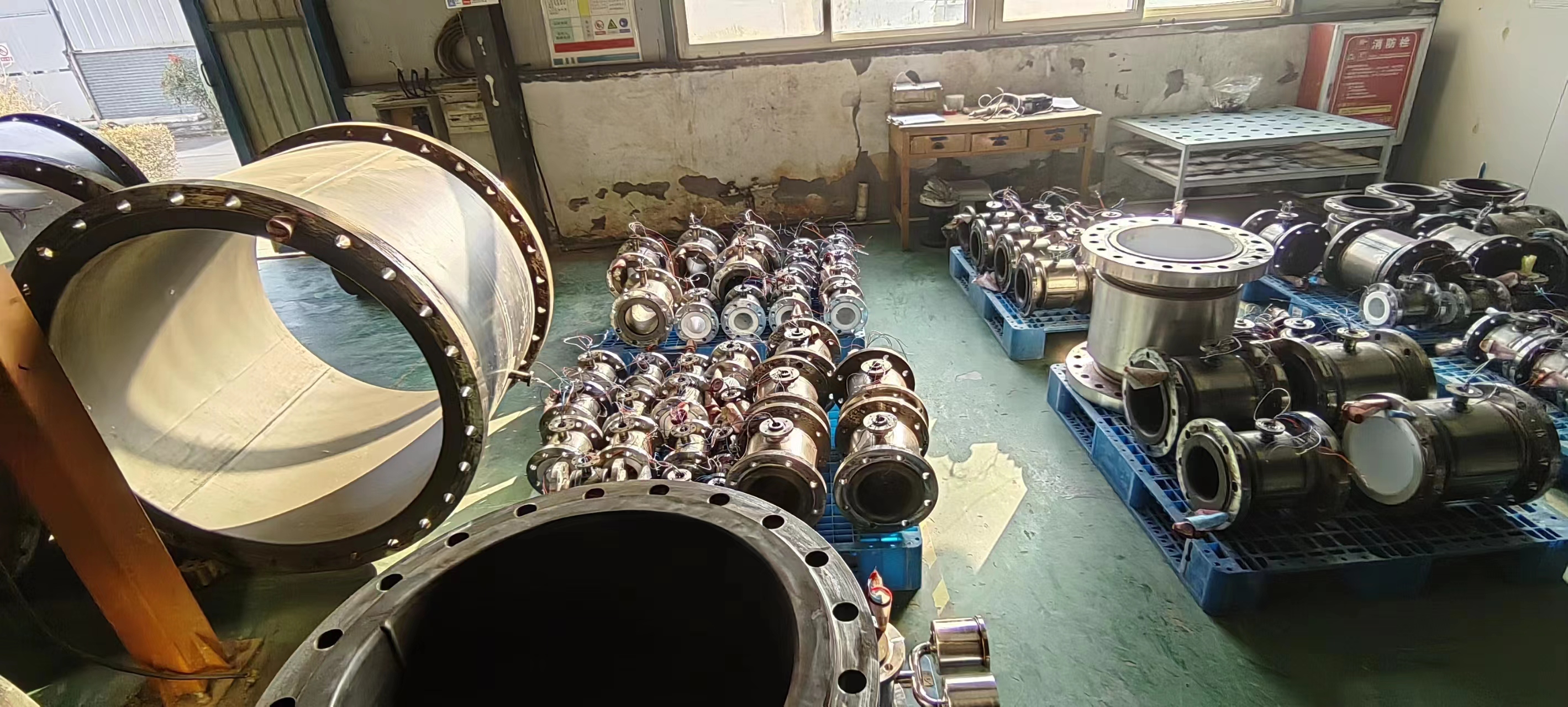
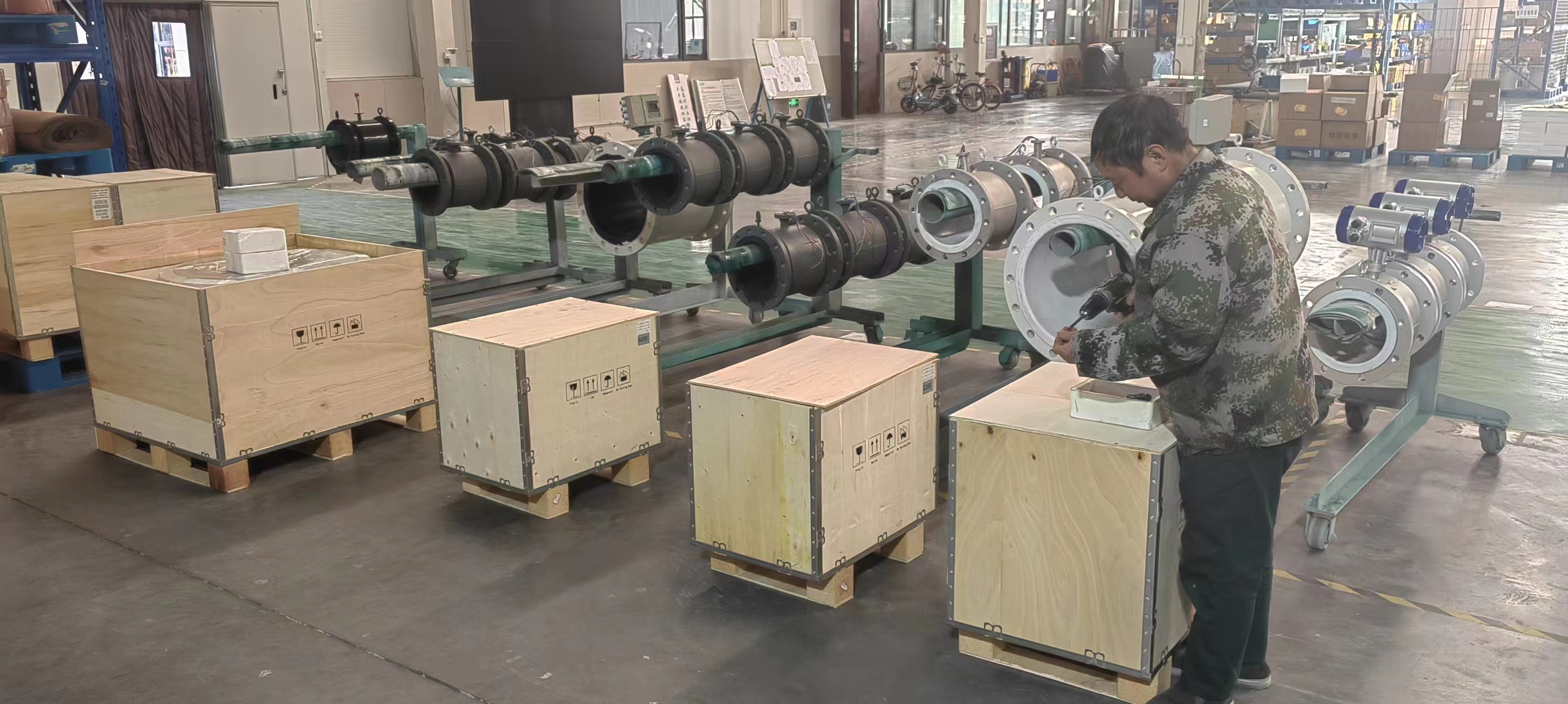

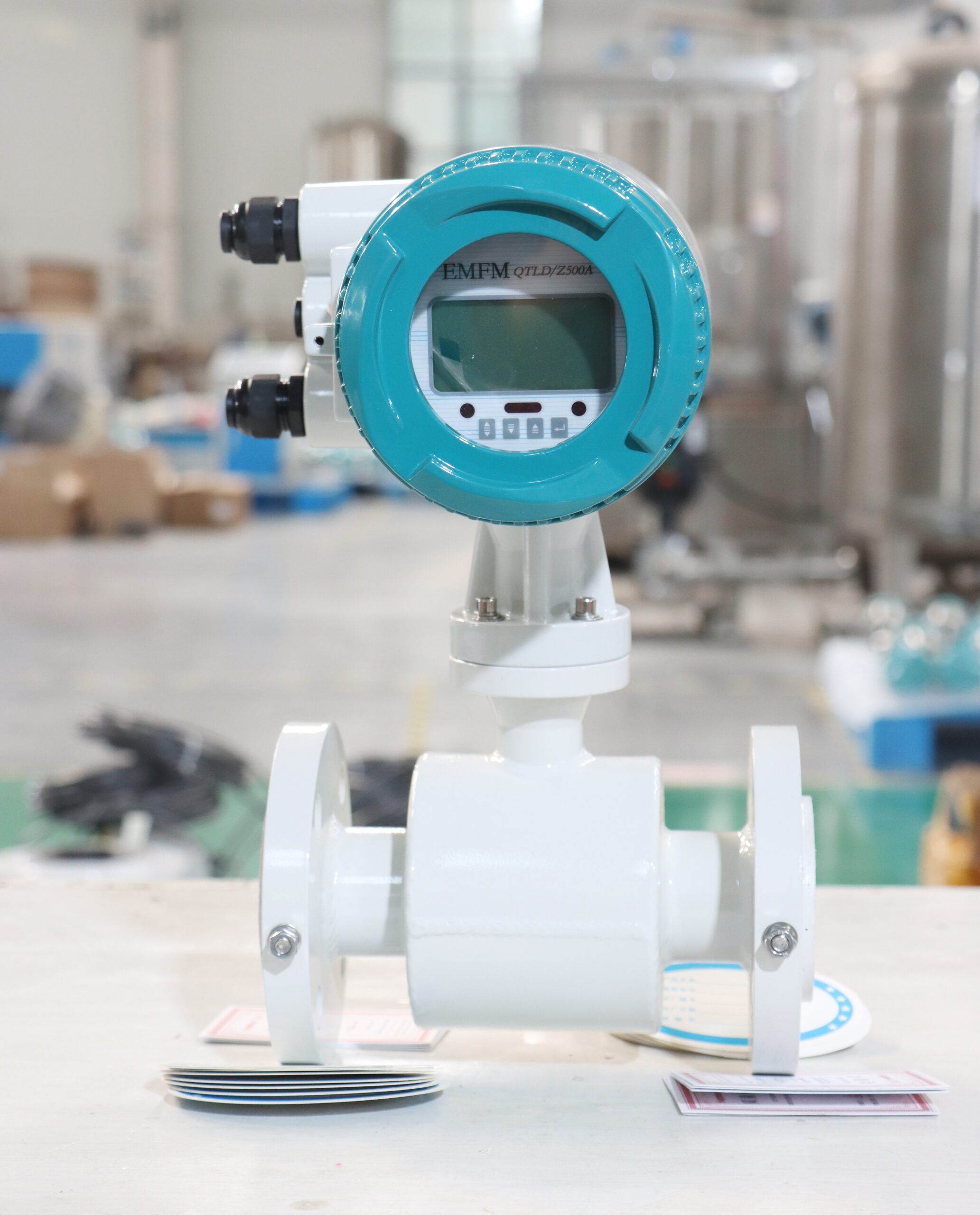

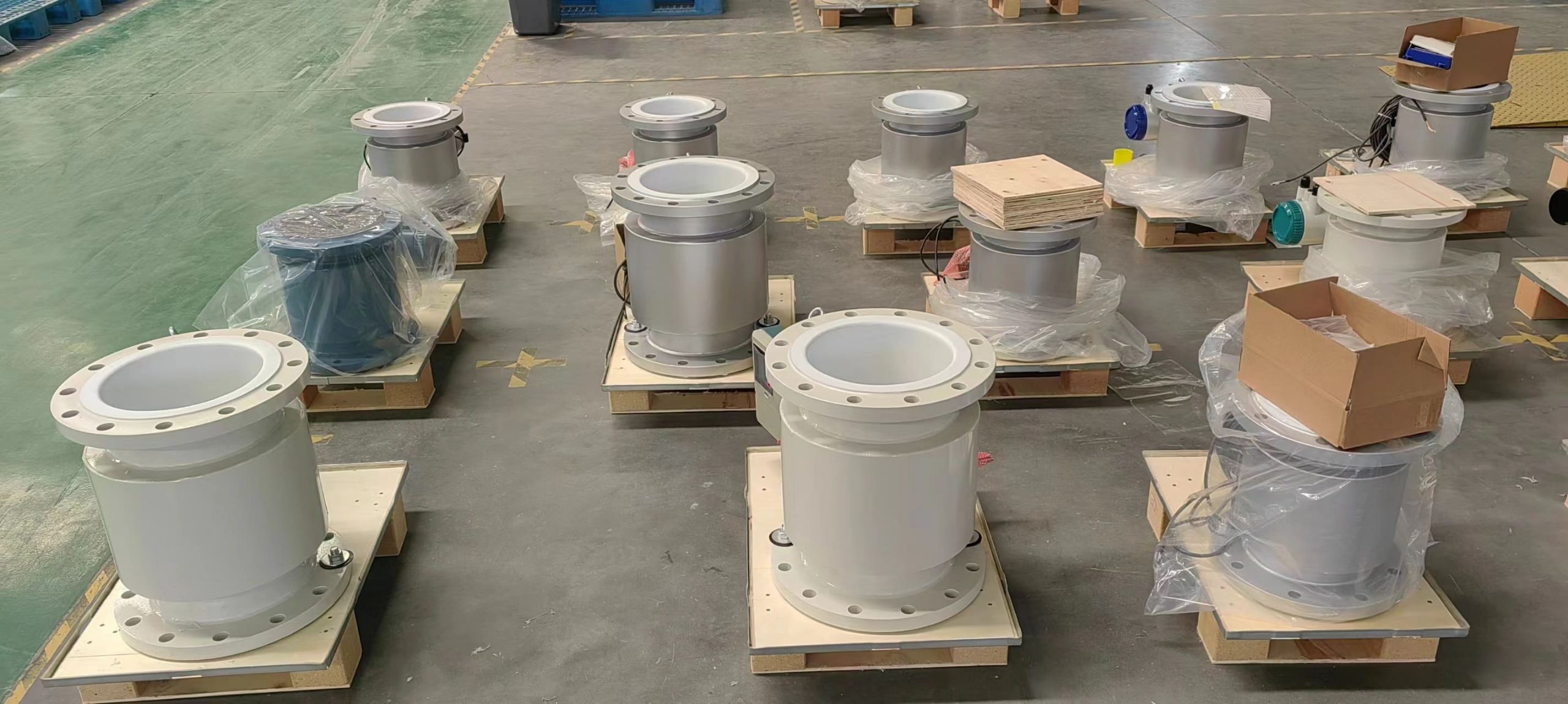
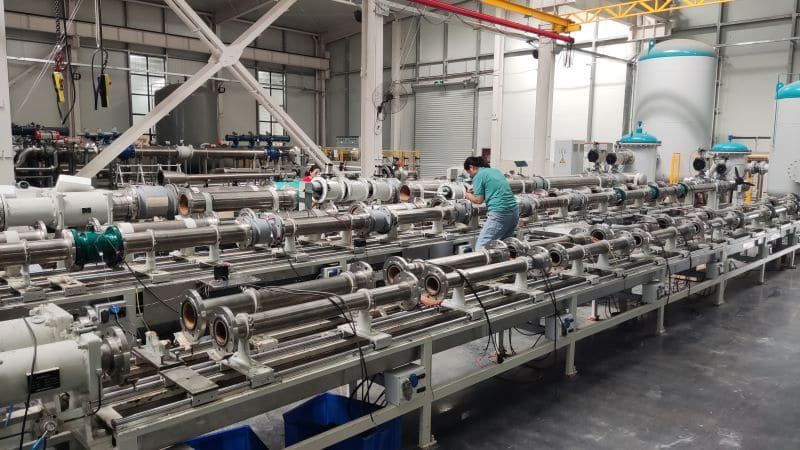
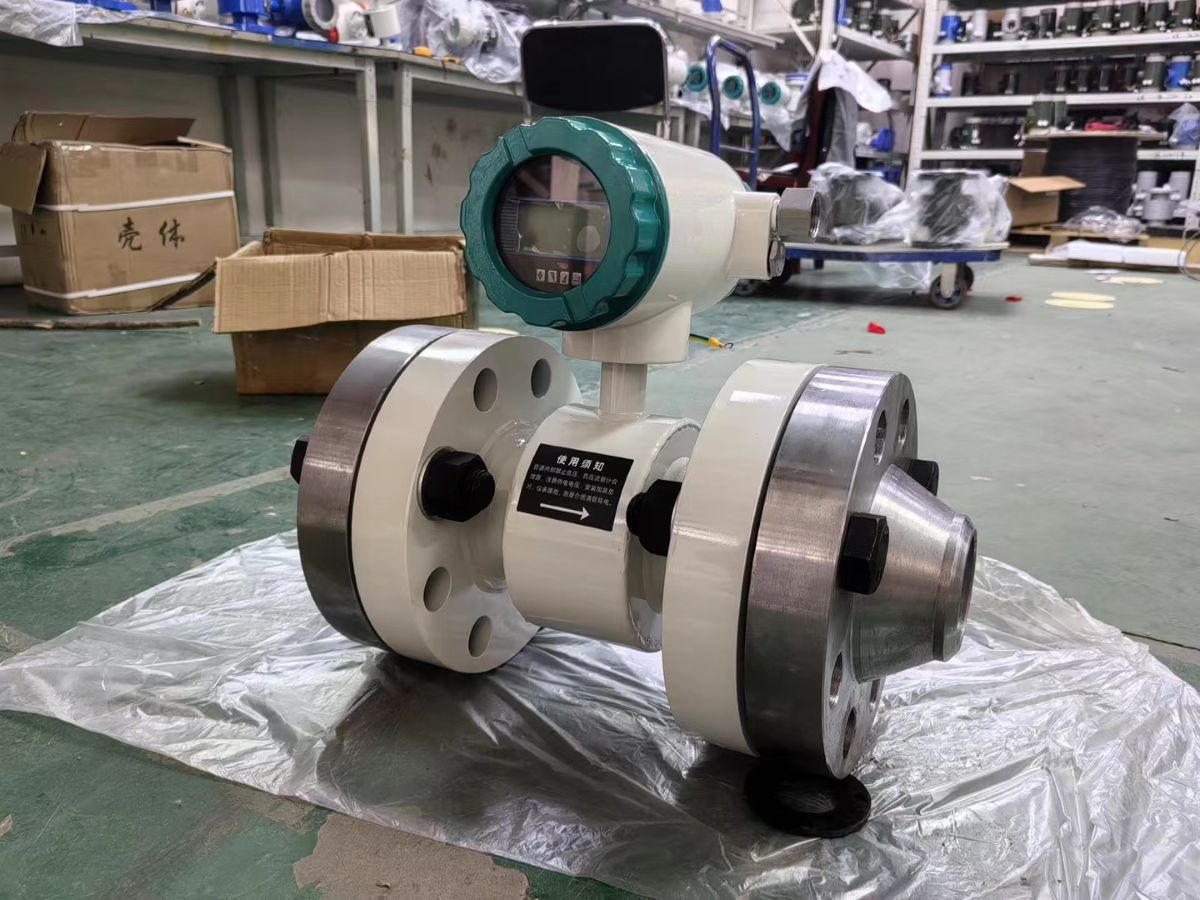
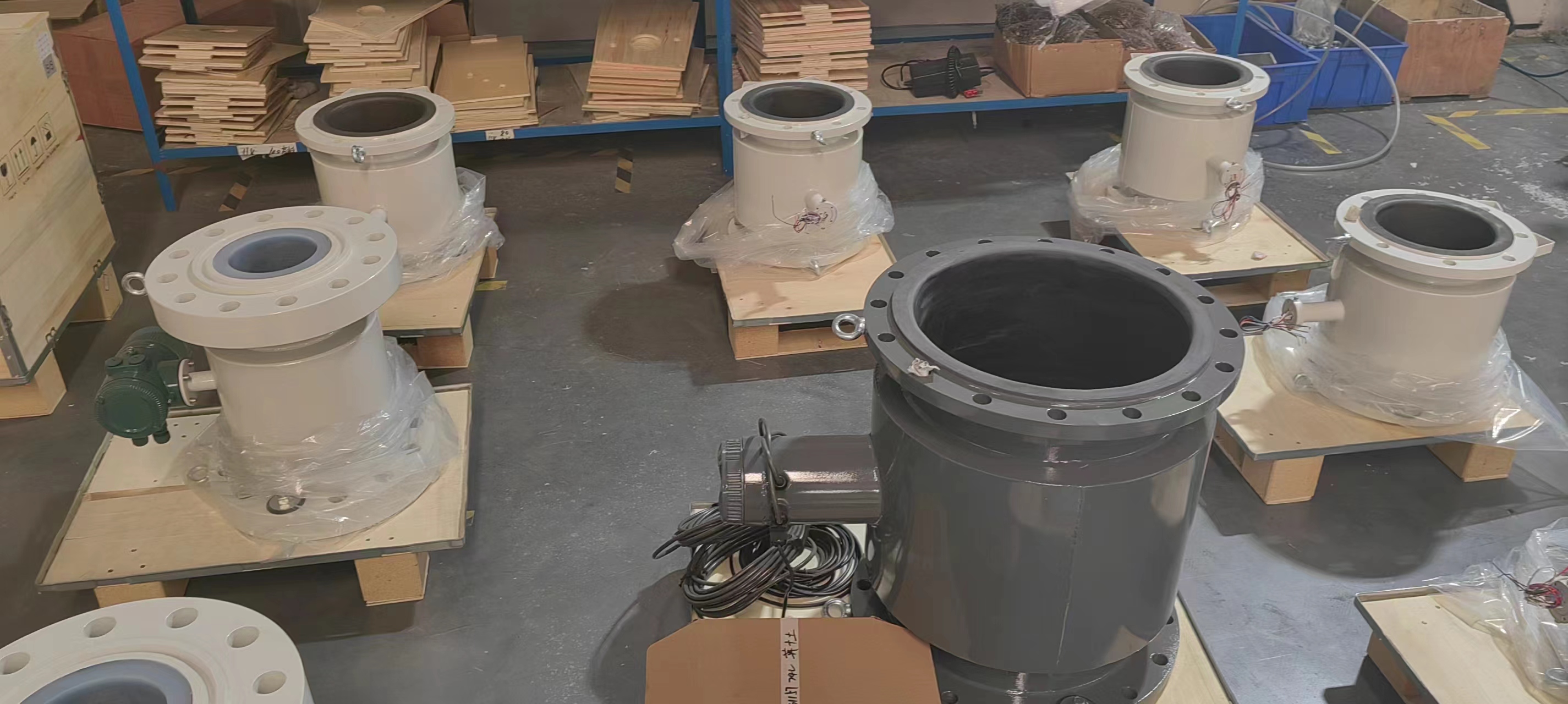
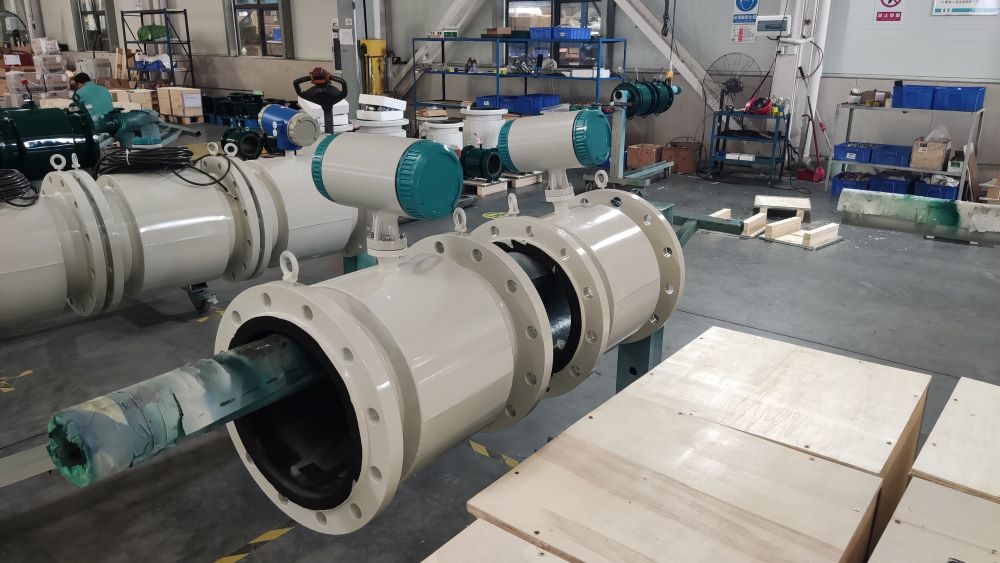
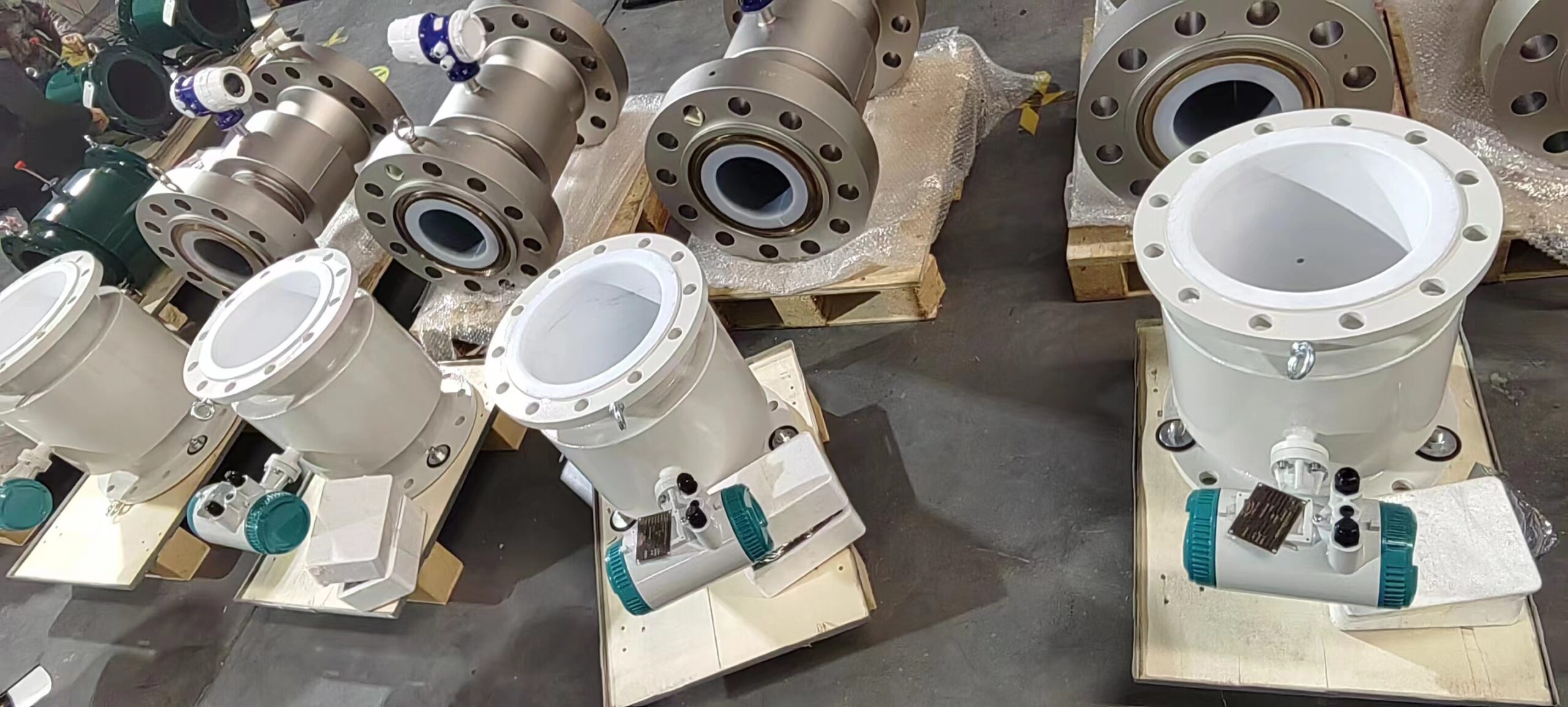


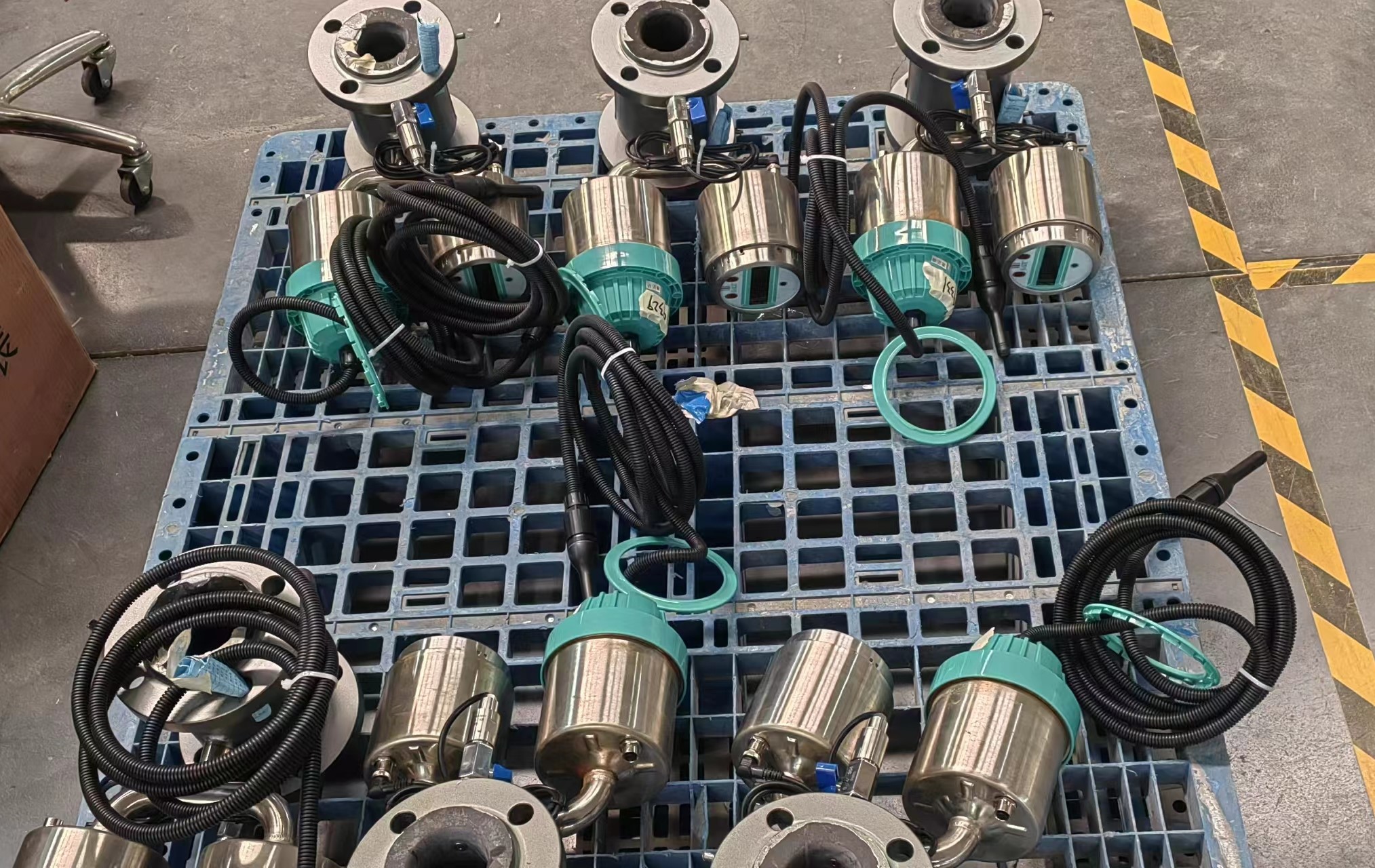
-.jpg)
